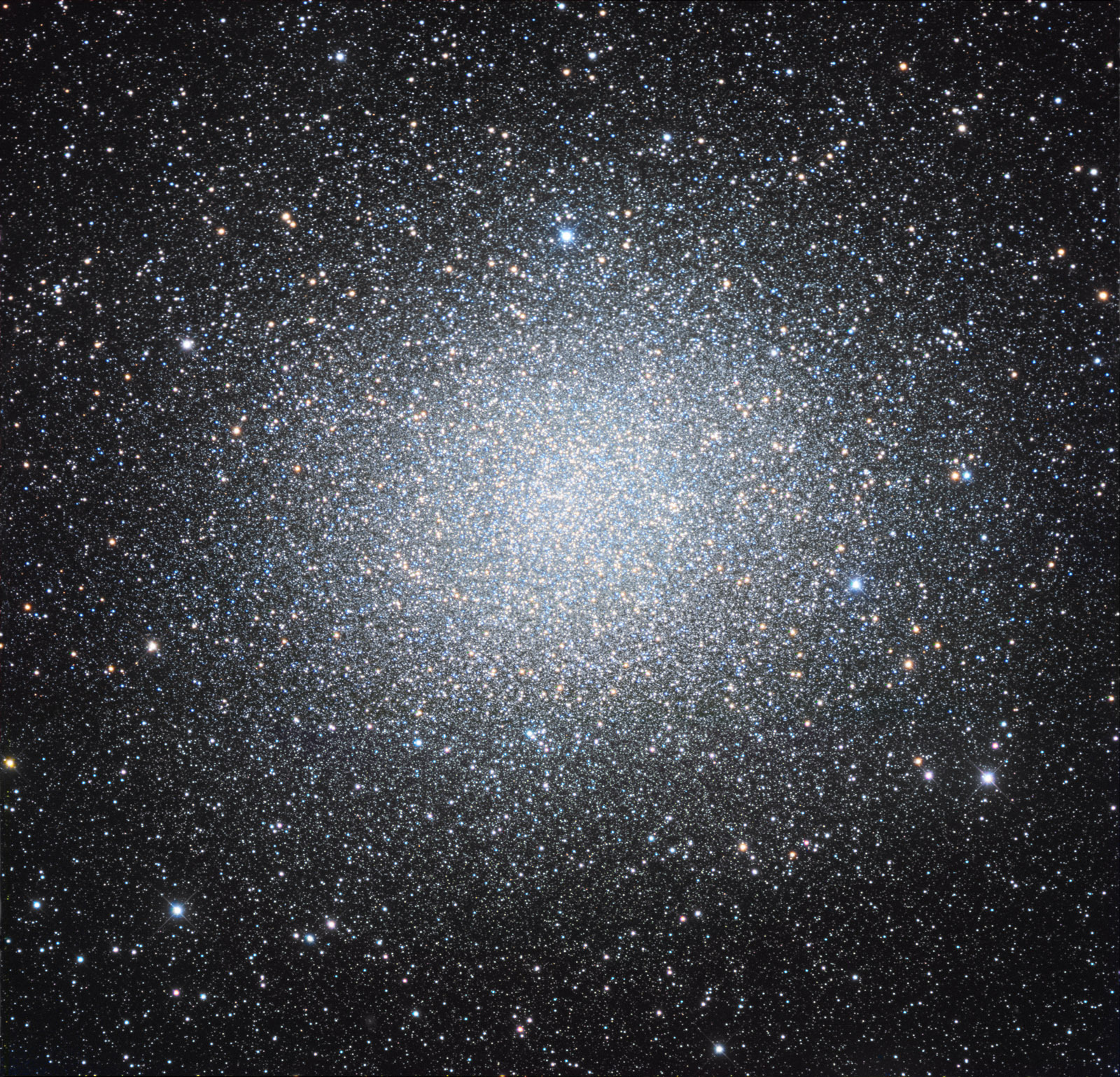Our Galaxy, the Milky Way, is rising in the eastern horizon, revealing it’s “Halo” that envelopes the center or nucleus of the galaxy.
Higher in our sky, dozens of the oldest objects in the galaxy shows their positions as the evening darkens.
These are GLOBULAR STAR CLUSTERS! These clusters contain old Population II stars that contain original elements, (poor metal) when our galaxy formed. There are no star recycling in this zone. A black hole are located in the globular cluster’s center as X-rays are emitted.
The globular clusters can contain 100,000 to a million suns!
In the 18th century, Charles Messier charted many globular clusters with his small telescope from Paris, France.
Of course, there was no light pollution his time. Some of their discoveries were labeled M3, M4, M5, M13, M22 etc.
I will describe some of the brightest ones that are visible in early summer sky.
Most of the globulars are better resolved as a beautiful swarm in larger telescopes under dark sky.
But the best and bright ones can be visible to a three inch diameter refractor at medium magnification.
M3 in Canes Venatici. R.A. 13h 42m Dec.+28 Can be found nearly halfway on a line from the Bright star Arcturus to Cor Caroli. 32,000 LY.
M13 in Hercules In the “Keystone” R.A. 16h 42m Dec +36.5 2/3 way from zeta to eta . This is known as the best Globular Cluster in the Northern Hemisphere,
can be seen as a faint fuzzy spot with the unaided eye in a dark sky. 25,000 LY.
M22 in Sagittarius just northeast of lambda R.A.8h 36m Dec -24 This Globular is one of the closest at 10,000 LY. It can be located by eye or binoculars in dark sky.
It is huge in a telescope, the third largest compared to 47 Tucana and Omega Centauri
Omega Centauri: I will compare this as the brightest and largest globular in the earth’s sky It’s difficult the find as it is low southern position from most U.S. latitudes.
I found it in May several years ago and it was skimming the low south hills from Borrego Springs (Latitude 33 degrees).
My photo through a 4 inch refractor shows the amazed size (size of the full moon!), brightness and number of stars! 17,000 LY.
Compared to the Hubble Space Telescope image.
